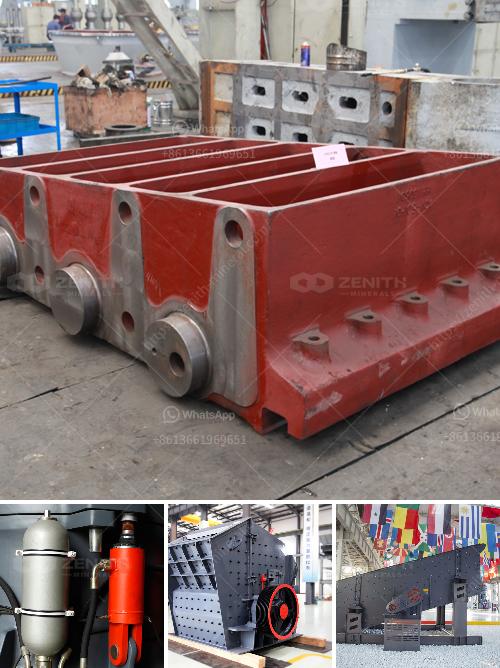A 65 tons per hour (tph) silica sand washing plant is a specialized facility designed to clean, decontaminate, and refine silica sand to meet industry standards and specifications. Here’s an overview of the essential components and processes involved:
Key Components:
-
Feeding System:
- Hoppers and Conveyors: For initial material input and transportation within the plant.
-
Wet Screening:
- Vibrating Screens: Used to separate fine particles from coarser materials using water.
-
Attrition Scrubbers:
- Scrubbing Units: To remove impurities and break down clay and soil lumps adhering to sand particles.
-
Hydrocyclones:
- Cyclone Systems: To classify fine materials by size and density through centrifugal force.
-
Thickening Tanks:
- Thickeners: To concentrate slurry and recycle water.
-
Dewatering Screens:
- High-frequency Screens: To remove excess water from sand.
-
Sand Washing Tanks:
- Tanks with Agitators: To ensure thorough cleaning and removal of contaminants.
-
Dust Control:
- Filters and Suppressors: To minimize dust emissions during processing.
Processing Steps:
-
Raw Material Handling:
- Sand is loaded into the plant via trucks or conveyors into feeding hoppers and transported to the initial wet screening stage.
-
Wet Screening and Washing:
- Water sprays and vibrating screens help separate fine and coarse particles, with the fine material progressing to further washing stages.
-
Scrubbing:
- Attrition scrubbers agitate the sand and remove adhered dirt, clay, and other impurities.
-
Classification:
- Hydrocyclones classify the sand slurry into different grades, fine-tuning the purity and particle size distribution.
-
Thickening and Water Recycling:
- The slurry is sent to thickening tanks to separate solids from water, which is recycled back into the system for efficiency.
-
Dewatering:
- Dewatering screens and beds reduce the moisture content in the final sand product.
-
Final Product Handling:
- Cleaned and dewatered silica sand is stockpiled or bagged as per customer specifications.
Benefits:
- Improved Quality: Ensures high purity and precisely sized silica sand, suitable for various industrial uses like glass manufacturing, construction, and foundry applications.
- Water Efficiency: Effective recycling systems reduce water consumption and minimize environmental impact.
- Operational Efficiency: Advanced automation and controlled processes enhance productivity and reduce operational costs.
Setting up a 65tph silica sand washing plant requires meticulous planning, investment in quality machinery, and adherence to environmental and safety regulations.


